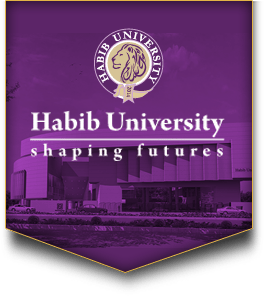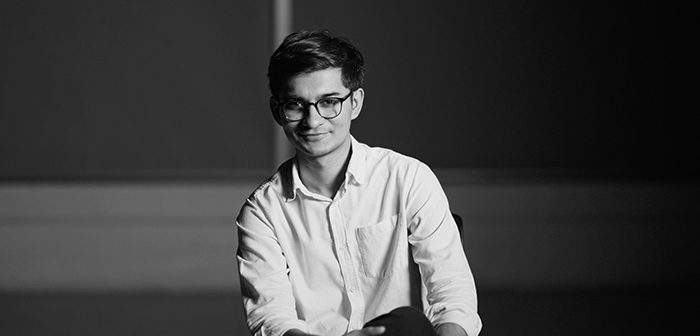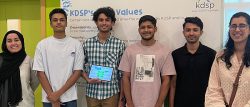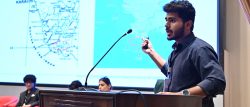Over 15 years ago, Harvard University uploaded the first lecture in a series from the course Justice: What’s the Right Thing to Do? by Michael Sandel on YouTube. Today, the video sits at 39 million views—and I was one of the many who watched the series in its entirety, telling myself I had availed an incredible opportunity: learning from a Harvard professor without having to pay anything.
In 2022, when I arrived at Habib University, I was surprised by how well-constructed, dense, and critically engaging the Liberal Core syllabus was. It was during the course What is Modernity that I came to a realization about just how unique my undergraduate education was. In seminars with Dr. Nauman Naqvi, I learned an immeasurable amount—ranging from ideas about post-colonial history to the hegemony of the West in modern epistemic structures. It was during this time that I noticed Habib wasn’t sharing much of what was happening in its classrooms with the public. There was a gap—between the intellectual work being done here and its presence on the larger screen.
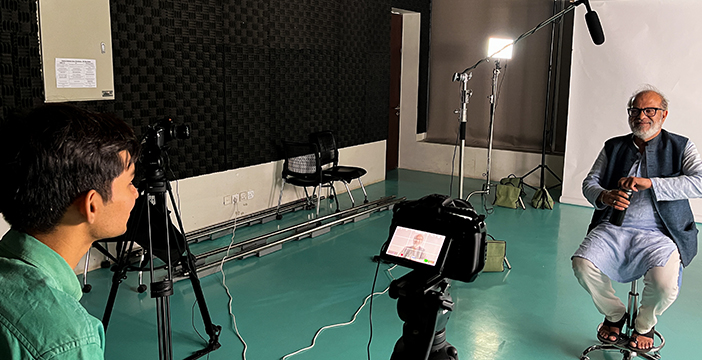
Ali with Dr Nauman Naqvi, Associate Professor in the Comparative Humanities program, and the founding faculty of Habib University’s flagship Liberal Core curriculum.
I entered the Communication and Design (CND) program with nothing but four years of experience watching films. I didn’t have the promise or motivation of a traditionally ‘grateful’ student—I was not adamant about staying at Habib University, as I wanted to pursue a film degree abroad. But the CND program ended up offering me something unique. I would sit in on film courses and simply listen to instructors talk about Nosferatu or modern-day classics like The Dark Knight. Then, in my sophomore year, I enrolled in a filmmaking course focused on the technical side of production, which was the first time I had ever handled a camera—albeit, not very successfully.
At the same time, I was enrolled in Hikma, another segment of the Liberal Core focused on Islamic philosophy. That’s when I realized I needed to bridge my education in film with the Humanities. I wanted to reflect what I had learned through my interdisciplinary education on screen. So, in August 2024, I decided to create a show titled Khayal.
Khayal is a series of ‘thought portraits.’ The idea was to create self-reflective portraits in which individuals not only discuss their lives but also engage in thought-provoking ideas—ultimately showing how their personal experiences shape their professional work. Originally, it was purely intended to be a lecture series—similar to how I had watched Harvard do it. However, the Head Producer at CND Productions, Professor Ahsen Ali, suggested I make the show more engaging by involving the personal aspects of these instructors—hence ‘humanizing’ them on screen for the wider public. That suggestion gave real shape to the series we created over the course of five months. We eventually decided to shoot it on the Blackmagic Pocket Cinema Camera to yield the best-looking footage and develop the visual tone of a proper TV show.
I sat down with Dr. Nauman Naqvi for the pilot episode on November 19, 2024. We had a conversation that ran over 70 minutes. By the end of it, Dr. Naqvi had, quite casually, summed up the essential philosophy of modernity. My challenge was to shape that for a general audience—people unfamiliar with the modern project of modernity as taught critically at Habib—while remaining honest to Dr. Naqvi’s life story. Big Think on YouTube served as a major visual inspiration for the show, with its expert-led commentary in front of the camera. However, unlike their longer format, I cut our episode to 15 minutes.
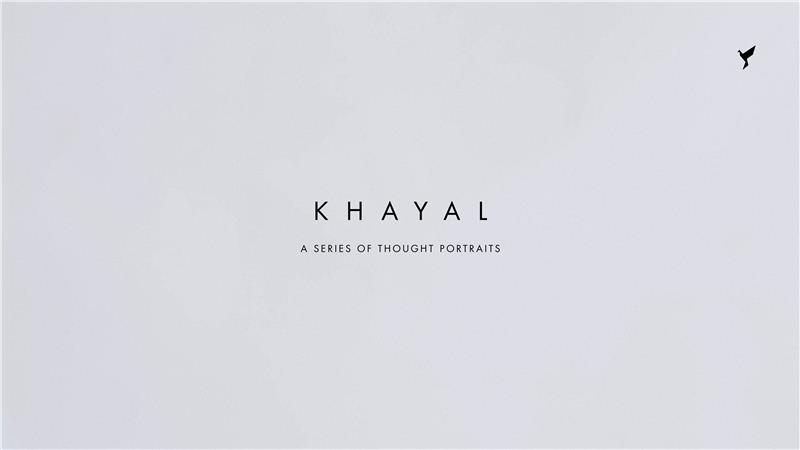
It was around this time that our team welcomed Megha Sachdev, a fellow CND student from the Class of 2026, who took the lead on the creative visual side by animating key elements—a crucial task for the show’s identity. After finishing the first cut of Dr. Naqvi’s episode, I approached Professor Mariya Karimjee—a renowned journalist and a teacher I had learned immensely from, especially in print and audio journalism. She became the guest for our second episode. Finally, Professor Haya Fatima Iqbal—an Oscar-winning documentary filmmaker, and someone I hadn’t had the privilege of being a student of—generously agreed to appear in the season finale and share her story.
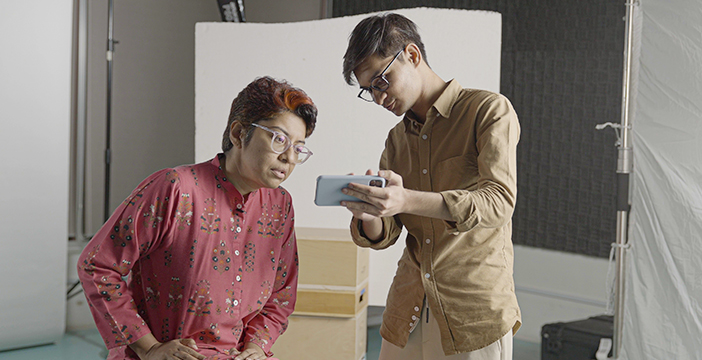
Ali working with Haya Fatima Iqbal, Assistant Professor of Practice in the Communication and Design program.
Before Khayal, I had produced and directed a short film titled Khaandan, which explored commodification and late capitalism through a speculative lens—specifically, imagining the ‘Rent-A-Family’ industry of Japan emerging in a future Pakistan. At the time, my filmmaking instincts were drawn to such themes, as they resonated with my own experience of growing up amidst intense financial pressure. With Khayal, my directing style evolved significantly, shaped by the mistakes I made on my first set and by creative interactions with my professors. Much of what appears in the show—camera angles, lighting, even edits—comes from artistic choices I made in the moment, including how I framed questions or what I chose to leave out.
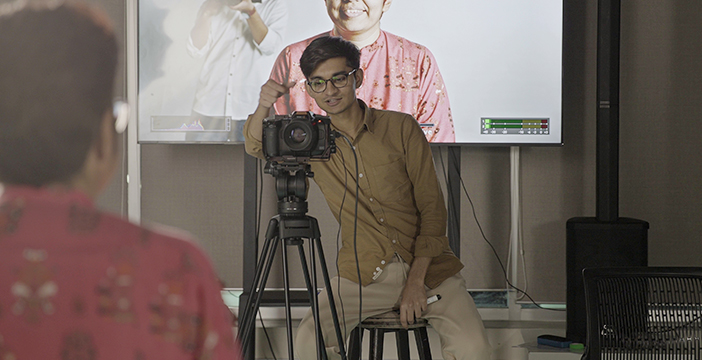
Shooting the season finale for Khayal.
Looking ahead, I want to continue working on projects that push my creative boundaries. I’m drawn to stories that are difficult to tell but demand to be told in the most compelling way possible—ideally in a surreal tone, which I find closely mirrors our modern experience. I should mention that I do not plan to produce a second season of Khayal myself. That said, CND Productions may continue the series next semester. Of course, a particularly fascinating guest might pull me back into the project if the need arises.
Until then, I hope to keep growing into a more thoughtful filmmaker—a pursuit I never want to let go of.
This blog was written by Ali Murtaza Sohail, Communication and Design 26.
Explore our interdisciplinary undergraduate programs here: Best Undergraduate Programs and Academics – Habib University
